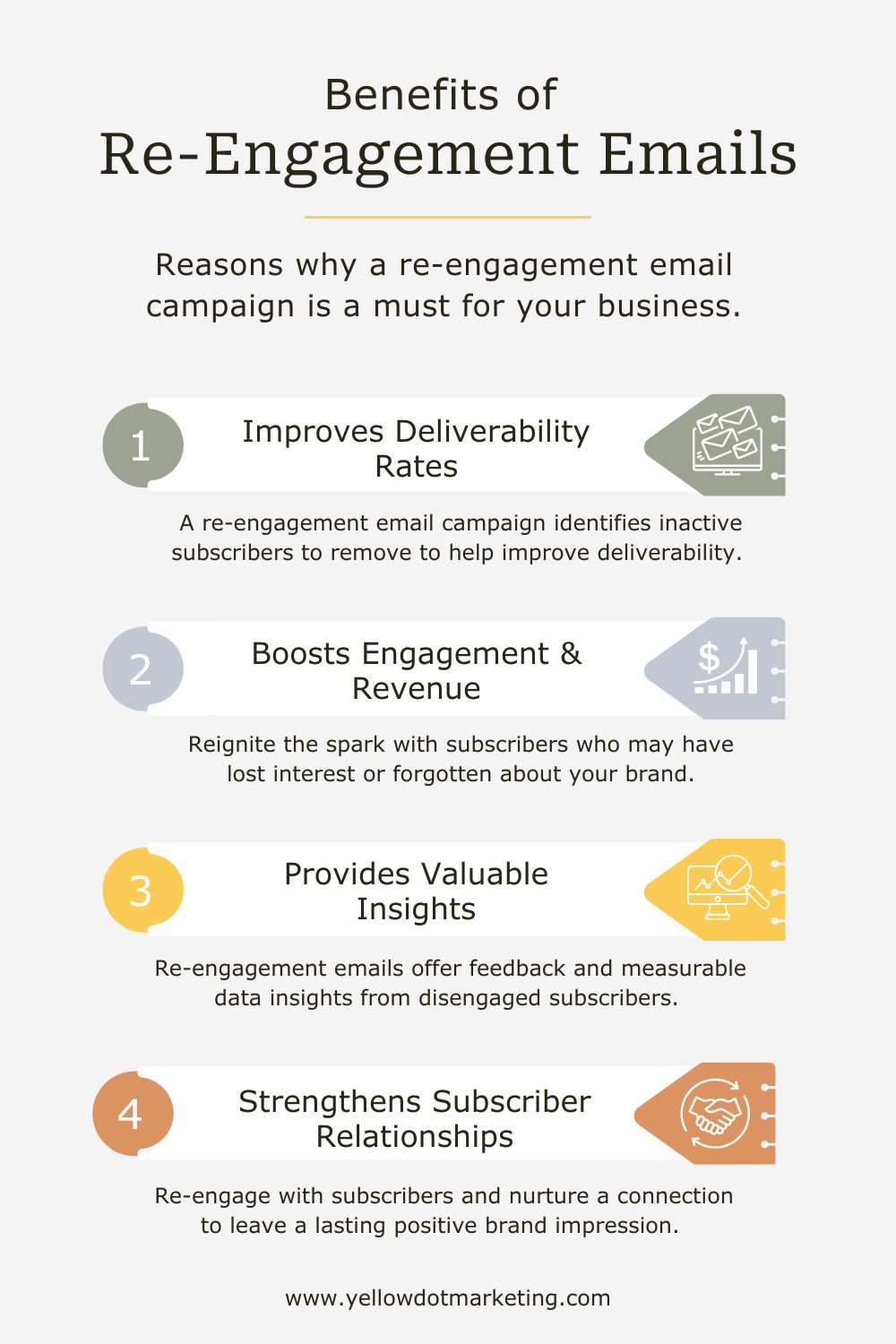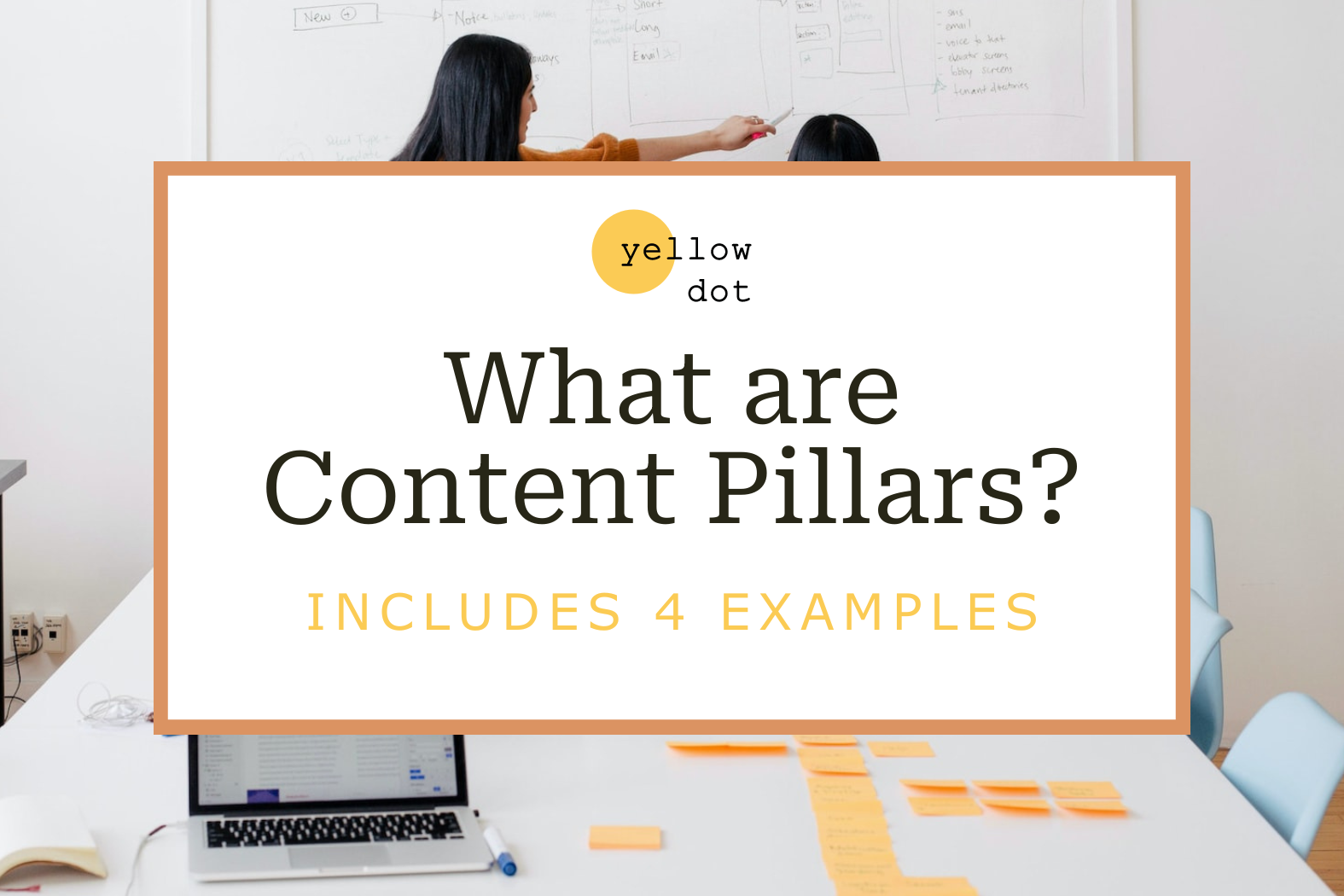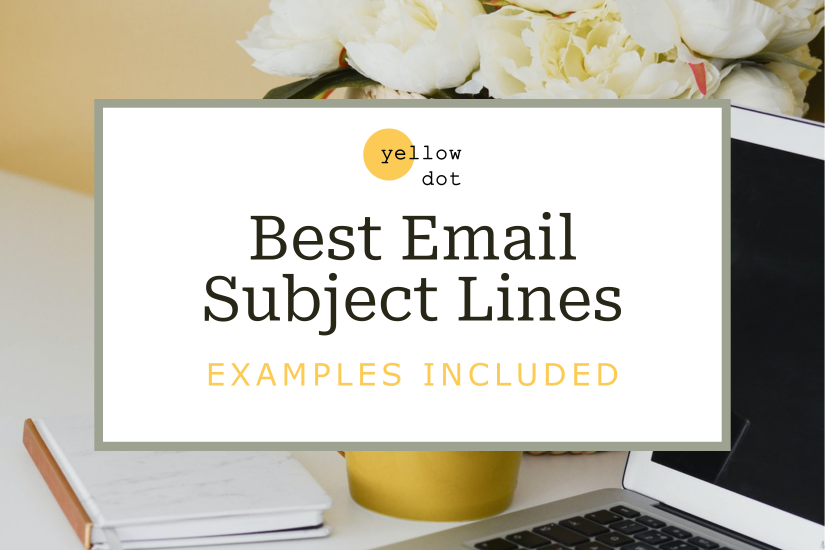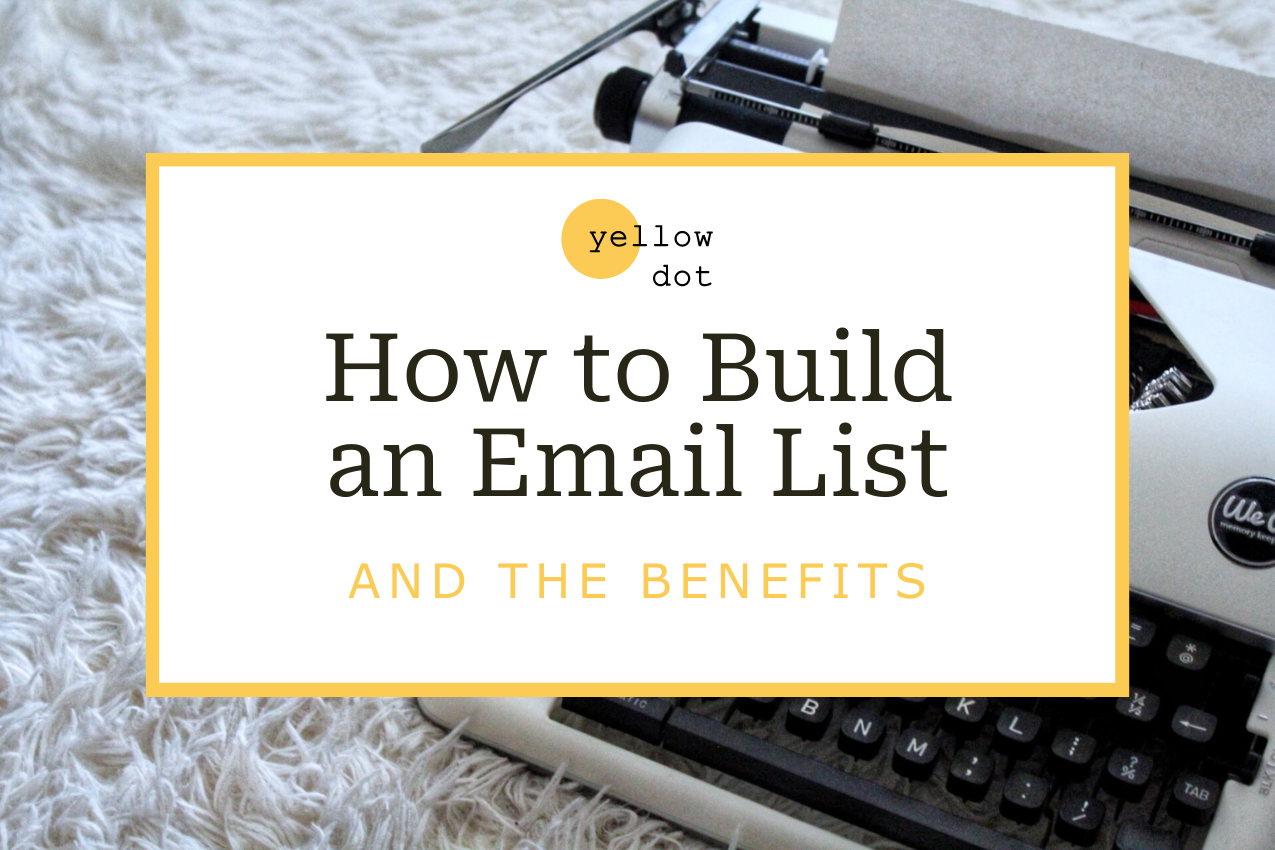When it comes to email marketing, one of the main challenges businesses face is subscriber inactivity.
It’s disheartening to see your carefully crafted emails go unnoticed or unopened. Thankfully, there’s an easily actionable and powerful solution at your disposal: a re-engagement email campaign. In this blog post, we’ll delve into the art of reviving email lists and creating effective re-engagement emails that captivate your audience.
Whether you’re a seasoned email marketer or just starting out, understanding the importance of re-engagement is vital. By reigniting the interest of inactive subscribers, you can unlock a wealth of opportunities and boost your business’s growth. Learn how to craft compelling re-engagement emails that get results.
How do you know if your subscribers are inactive
Are your emails feeling like a one-sided conversation? It’s time to face the harsh reality: some of your subscribers might be inactive. Inactive subscribers are individuals on your email list who have shown diminished engagement or have stopped interacting with your email content altogether.
Email list management is important but how do you know if they’ve checked out? Let’s take a closer look at the warning signs of subscriber inactivity that tells you if you need a re-engagement email campaign:
1. Low open rates: If your emails go unnoticed and unopened by a segment of your list, it’s time to re-engage those disinterested subscribers.
2. High bounce rates: Bounced emails indicate outdated or invalid addresses, making a well-crafted re-engagement campaign crucial to verify contact information and reignite curiosity.
3. Decreased click-through rates: A decline in click-through rates suggests a disconnect with your content, making it vital to reconnect and remind your subscribers of your value.
4. Lack of response or engagement: If subscribers go silent, showing no interest across platforms, it’s a clear indication of disengagement. A re-engagement campaign can remind them of what they’re missing.
5. Low or no conversion: Poor conversion rates indicate disinterested subscribers. More targeted re-engagement emails can revive their interest and prompt them to take action.
Recognising these warning signs can help you launch your re-engagement emails and rebuild those valuable connections as soon as possible.

Why subscribers become disengaged
Why do subscribers become disengaged? Let’s look at some of the main reasons that can contribute to subscriber inactivity. Check out the list below:
- No time to read all the emails: Subscribers have limited time due to their hectic schedules, making it challenging to read every email they receive.
- Frequency fatigue and full inboxes: The abundance of information and emails can cause subscribers to feel overwhelmed and disengage from excessive email content.
- Poor timing: Emails sent at inconvenient times often get buried in the inbox and forgotten about, leading to reduced engagement.
- Irrelevant content: Subscribers may disengage when the content no longer aligns with their current needs or stage in life.
- Lack of personalisation: Generic content that doesn’t speak to individuals’ specific interests or needs can make them feel undervalued and less likely to engage.
- Lack of incentives: Absence of enticing offers or benefits in emails can diminish subscriber motivation to engage with the content.
- Boring subject lines: Subject lines that fail to capture subscribers’ attention contribute to lower open rates and reduced engagement.
- Negative user experience: Issues like misspelt names or broken links can create a negative impression and discourage subscribers from engaging further.
By understanding the reasons behind subscriber disengagement, you can make strategic adjustments to your email marketing approach and ensure your emails resonate with them on a deeper level.

Why you need a re-engagement email campaign
We all know that inactive subscribers are bad news. Inactive subscribers leads to inactive business. How do we fix this? By sending re-engagement emails.
Let’s explore the reasons why a re-engagement email campaign is a must in your arsenal of email marketing strategies:
Keeps your list healthy
Inactive subscribers can hurt your deliverability rates and emails end up in the spam folder. By sending a re-engagement email campaign, you can remove inactive subscribers, ensuring a healthy and engaged list.
Boosts engagement and revenue
Re-engagement emails have the power to reignite the spark with subscribers who may have lost interest or forgotten about your brand. In fact, a number of studies has shown that re-engagement email campaigns can increase conversions by up to 49% and re-engagement rate by up to 26%.
Gives valuable insights
Re-engagement emails offer feedback and insights from disengaged subscribers. Understanding why they stopped engaging with your brand can help you improve your email content and fine-tune overall strategy.
Strengthens relationshi
Even if some don’t fully re-engage, a well-crafted campaign leaves a positive impression. By expressing your commitment to providing value and showing genuine interest in their needs, you nurture a connection and leave a lasting positive brand image.
Reconnecting with your audience gives your business a second chance of success. So why not take it. It’s time to reignite the spark.
Re-engagement email examples and campaign workflow
Reviving your email engagement requires a well-crafted re-engagement email campaign. But before we get to the details, you need to understand 3 key elements of any successful email campaign:
- Personalisation: Tailoring the email content to individual subscribers’ interests and preferences. It creates a sense of connection and relevance.
- Sense of Urgency: Creating a time-sensitive and compelling reason for subscribers to act promptly.
- Call to Action: A clear directive that prompts subscribers to take a specific action.
These elements are necessary when sending any marketing email to your subscribers and they should be present in your re-engagement email campaign. Here’s a 4 re-engagement email examples that are sure to help you win back the attention and interest of your subscribers:
🟡 Email 1: “We Miss You” + Discount
– Start the campaign with a warm and friendly email that acknowledges their absence.
– Express genuine concern for their well-being and emphasise that you value their engagement.
– Include a special discount or incentive to entice them back into the fold.
– Wait for 3 days before proceeding to the next email.
🟡 Email 2: Benefits + Adding Value + Testimonials
– In this email, focus on reminding subscribers of the benefits they enjoyed when they were engaged.
– Showcase new or improved features, services, or products that may pique their interest.
– Share success stories and testimonials from satisfied customers to rekindle their trust and confidence.
– Offer additional value, such as free resources or exclusive content.
– Wait for 4 days before sending another email.
🟡 Email 3: Ask a Question – Use a Poll
– Engage subscribers by asking an intriguing question related to your industry or their interests.
– Encourage them to participate in a poll or survey, making them feel heard and valued.
– Make the email interactive and visually appealing to capture their attention.
– Wait for 3 days to allow for responses and engagement.
🟡 Email 4: Goodbye for Now – Unless They Click the Link
– Craft a final email that expresses gratitude for their past engagement and participation.
– Explain that you will no longer send them emails unless they click a specific link to remain subscribed.
– This step allows you to identify subscribers who are genuinely interested in re-engaging.
– If there is no engagement or click within a specified time frame, remove them from your list to maintain a healthy and engaged subscriber base.
By implementing this workflow of 4 re-engagement emails, you can have a structured approach to win back the attention of your subscribers and encourage them to actively engage with your brand once again.
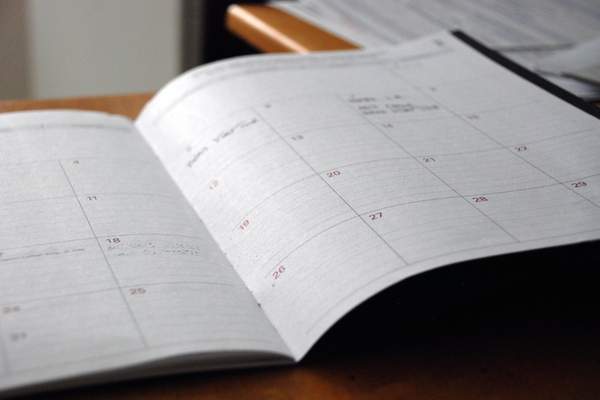
7 tips to re-engage email subscribers
When planning your re-engagement email campaign, there are a few rules you can follow in order to ensure successful engagement from your inactive subscribers.
Check out these tips:
- Give a reason to stay on your list – share valuable content and the latest offers to entice your inactive subscribers to stick around.
- Give a tangible incentive – offer a tempting discount or special offer that they can’t resist.
- Show social proof – include testimonials or reviews from satisfied customers to build trust and credibility.
- Ask a question – spark engagement by including a poll or survey to encourage subscribers to interact with your brand.
- Keep the emails short and mobile-friendly – make it easy for subscribers to read and engage with your emails on any device.
- Include one clear call to action per email – guide subscribers on what action to take next to re-engage with your brand.
- Make unsubscribing easy – respect your subscribers’ choices and provide a simple way for them to opt-out if they no longer wish to receive your emails.
Re-engagement subject lines
Re-engaging subscribers starts with crafting compelling subject lines that grab their attention and entice them to open your emails. Here are 5 effective re-engagement email subject lines to inspire your campaigns:
-
- “We miss you! 💌 Come back for a special surprise!”
- “It’s been a while! We have something exciting just for you.”
- “Last chance: Rekindle the magic and unlock exclusive benefits!”
- “Don’t break up with us! Here’s a token of appreciation.”
- “Rediscover the value: Your exclusive invitation inside!”
Remember, the key is to create a sense of curiosity, urgency, and personalisation in your subject lines. If you need help with crafting compelling subject lines, you can check out the Best Email subject Lines blog – there’s examples for your to swipe for your emails.
A little note on ghosting: What if you ghosted your list?
So we’ve figured out what to do if your subscribers disengage. But what happens if you’re the one who had unintentionally ghosted your email list? For those of you that haven’t sent any emails to your subscribers for a while and now you’re not sure how to start again – there’s still hope to revive your email lists!
You can recover your ghosted email lists with a few simple steps and get back on track. Here’s what you need to do:
- Segment your list: Start by analysing your email metrics to identify which subscribers are still active and engaged, and who might have lost interest during your absence. Segmenting your list based on engagement levels will help you tailor your approach accordingly.
- Craft a re-engagement campaign: Now it’s time to reach out to your inactive subscribers with a compelling re-engagement email campaign. Be transparent about your absence, explain the reasons, and reassure subscribers of your commitment to value going forward.
- Use personalisation: Address subscribers by name and consider incorporating relevant details like their location or past purchase history. This personal touch shows that you value their individual connection with your brand.
- Test and refine: Experiment with subject lines, content and calls-to-action through A/B testing for optimal resonance. Keep refining your approach based on the feedback and engagement you receive.
- Remove inactive subscribers: Bid farewell to those who show no interest after the re-engagement email campaign, focusing on genuinely interested subscribers. By doing so, you’ll maintain a healthy email deliverability rate and focus your efforts on those who are genuinely interested.
Remember, we all get distracted, consistency is hard. Your subscribers will appreciate your honesty and efforts to reconnect. So take these steps, breathe new life into your email list, and get back to building meaningful relationships with your audience.
Conclusion
Re-engagement emails play a crucial role in maintaining a healthy email list and improving engagement rates. By identifying and re-engaging inactive subscribers, you can maximise the value of your email marketing efforts and foster stronger connections with your audience.
Remember, don’t be afraid to reach out, show your subscribers that you value their presence, and keep the conversation going. Happy re-engaging!
4 Simple Steps to Start Email Marketing
Looking to start email marketing but no idea where to start?
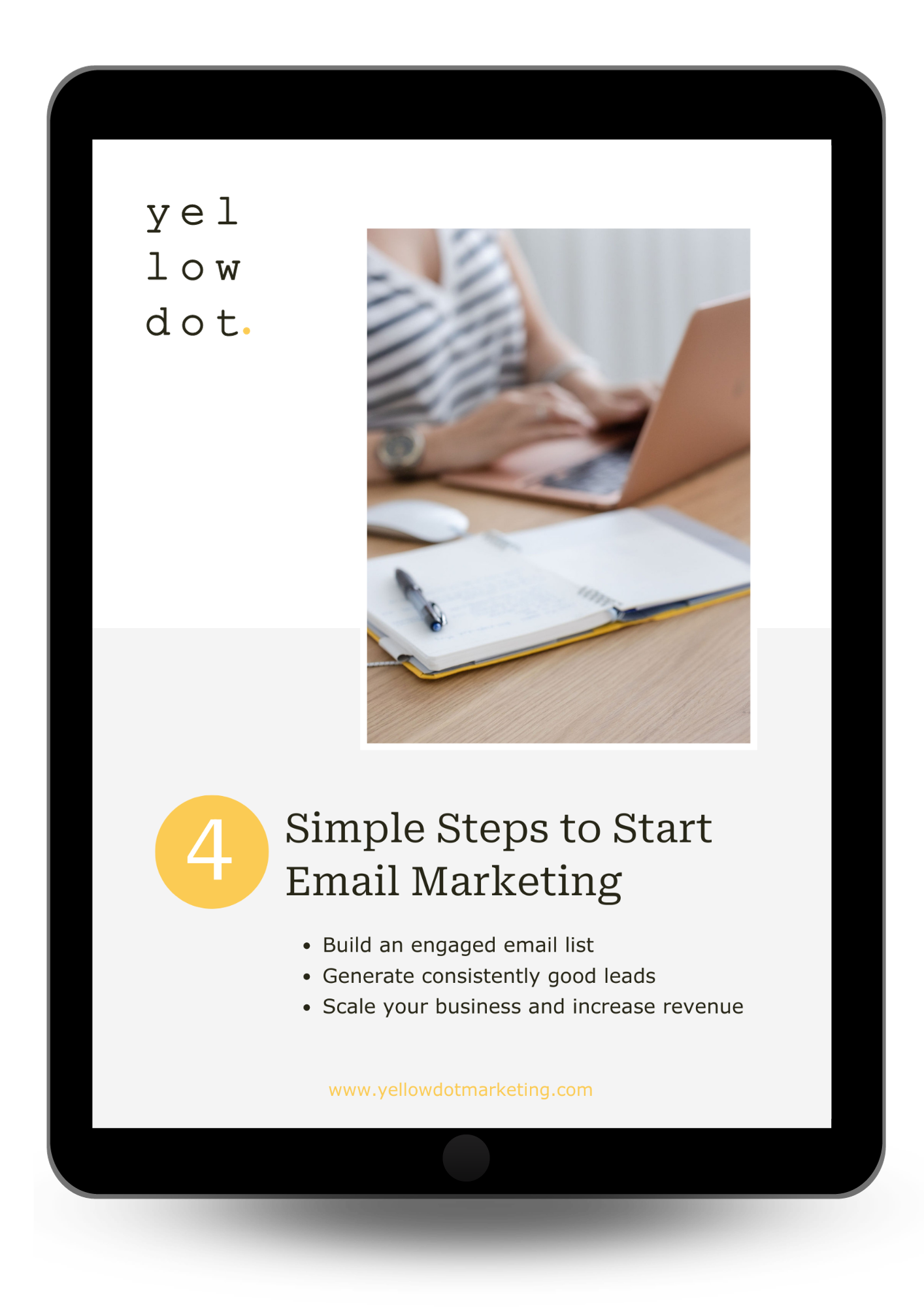
Learn how to:
- Generate leads consistently
- Build an engaged mailing list
- Generate more revenue
- But how do you get people onto your list?
Follow the 4 step guide to get started.
What are Content Pillars?
Discover a system that helps you organise content, which is essential to build a successful content strategy. Read more…
Best Email Subject Lines
Best email subject lines to engage subscribers and boost your open rates. Read more…
How to Build an Email List
Do you want to generate more leads for your business? Build an email list! Read more…
